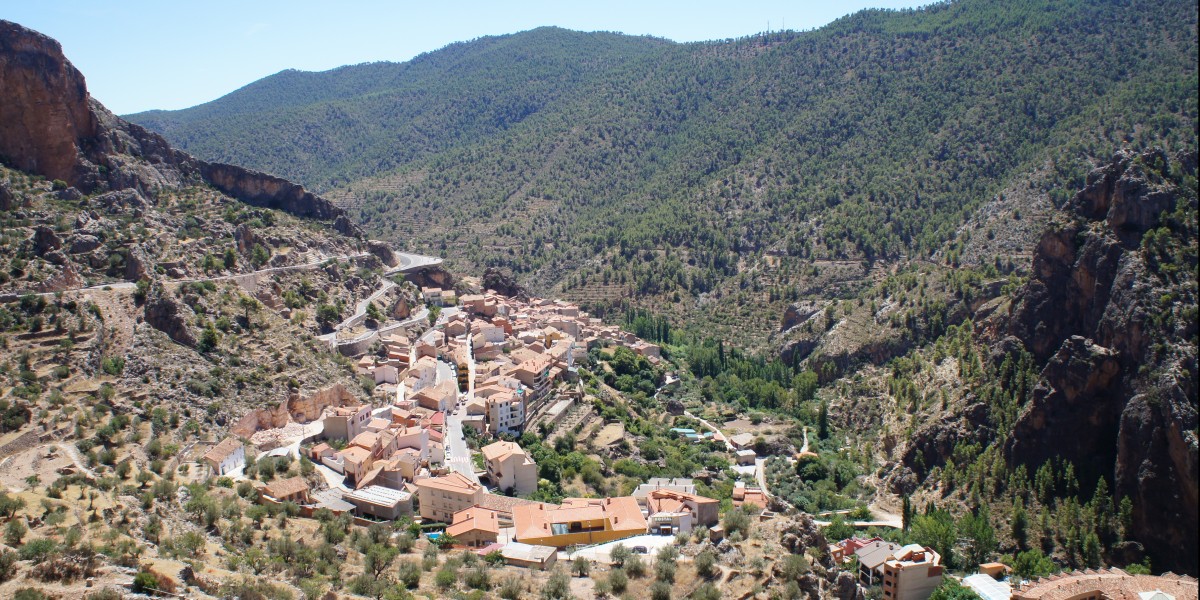
The phenomenon known as 'España vaciada', or 'Empty Spain', refers to the demographic shift leaving many of the country's rural areas sparsely populated. This trend presents a continuing social and economic challenge for the nation. As villages contend with dwindling populations, a range of initiatives has emerged to help revitalise these communities. Among the most prominent of these efforts is the Holapueblo project, a programme designed to tackle the issue of depopulation head-on by attracting new life and enterprise to the Spanish countryside.
- What is the Holapueblo project?
- The aims of Spain's village revival plan
- How to apply and key dates for the Holapueblo Project
- Holapueblo project jobs and entrepreneurial support
- Participating towns on the Holapueblo project map
- Spotlight on Holapueblo in Andalusia and Paymogo
- Finding Holapueblo houses for sale and housing support
- Holapueblo's impact: over 200 new residents revitalise rural Spain
What is the Holapueblo project?
The Holapueblo project is a key initiative designed to reverse depopulation across rural Spain. Its central mission is to act as a bridge, connecting entrepreneurs and individuals who wish to relocate to the countryside with towns that are actively seeking new residents.
Spearheaded by AlmaNatura and backed by partners including IKEA, the scheme provides a structured pathway for relocation. The project targets two main groups: individuals or families with a tangible business idea looking to launch their venture in a rural setting, and municipalities that require an injection of people and economic activity to ensure their future. This model is part of a wider trend of schemes and villages in Spain where you could get paid to live in an effort to combat demographic decline.
The aims of Spain's village revival plan
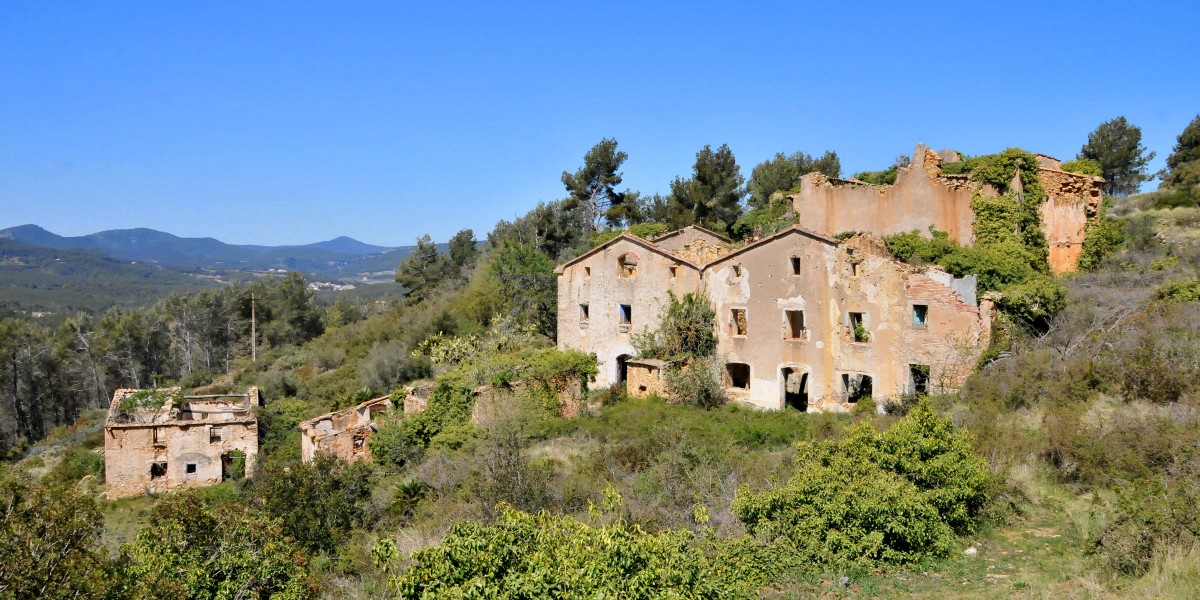
The overarching aim of Spain's strategy is to achieve a "territorial rebalance" and combat the effects of depopulation. The government's plan against the demographic challenge focuses on several key areas to make rural life more viable and attractive.
One central pillar is improving digital infrastructure through initiatives like the 'PROGRAMA UNICO-DEMANDA RURAL', which aims to provide high-speed satellite internet connectivity to remote areas for an affordable monthly price until the end of 2027.
Another significant focus is boosting local economies through sustainable tourism. Through various calls in 2021, 2022, and 2023, nearly €788 million has been invested in 262 rural destinations to transform them into innovative and resilient tourist hubs.
However, the long-term future of these plans faces uncertainty. A large portion of the funding has come from the EU's post-pandemic NextGeneration funds, which are scheduled to conclude in 2026. Experts have raised concerns that the initial political momentum behind tackling 'Empty Spain' is fading, and without continued, ambitious measures funded by the national budget, the gap between rural and urban areas could widen.
How to apply and key dates for the Holapueblo Project
The application process for individuals and families wanting to join the Holapueblo project is managed through specific calls for participants for each edition. Typically, aspiring residents must complete a detailed online registration form on the official Holapueblo website. This form requires applicants to declare their interest in developing an entrepreneurial project in one of the participating rural provinces.
Currently, the selection for the project's fifth edition (2024-2025) has been completed. While the formal application window is closed, the project often keeps the registration form open. This allows interested parties to join a waiting list or mailing list to receive information and resources about rural life and to be notified when the next call for applications is announced.
There are no concrete dates or deadlines announced for the sixth edition of the Holapueblo project. Those interested in applying should monitor the official Holapueblo website for updates regarding future convocatorias.
Holapueblo project jobs and entrepreneurial support
A key aspect of the Holapueblo project is its focus on fostering entrepreneurship rather than providing direct employment. The initiative offers comprehensive support to individuals with a viable business idea, guiding them through the process of launching their own venture in a rural setting. This support includes mentorship, business development training and assistance in creating a sustainable business plan tailored to the local environment.
The success of this model is demonstrated by the diverse range of businesses that have been established by participants. Ventures range from artisan food production, such as bakeries and organic honey producers, to tourism and hospitality services, including rural guesthouses and e-bike rentals. The project has also supported creative and community-focused businesses, including craft studios offering sewing services and wellness centres providing local activities.
Participating towns on the Holapueblo project map
The Holapueblo project features a diverse network of municipalities across Spain, offering potential residents a broad choice of lifestyles and landscapes. The list of participating towns evolves as new locations join the initiative to attract residents and enterprise. Here are some examples from the project's map:
Andalusia

Paymogo (Huelva)
Situated close to the Portuguese border in a landscape of rolling dehesa pastures, this village is actively promoting itself to new residents through initiatives.
Coripe (Seville)
Located on the Vía Verde de la Sierra, a popular greenway for hiking and cycling, this town is home to an ancient holm oak tree declared a Natural Monument. Living in Coripe has now become an affordable prospect, with houses on the market for as little as €20,000.
La Bobadilla (Jaén)
A quiet hamlet surrounded by vast olive groves, offering a tranquil setting near the Sierras Subbéticas Natural Park.
Zufre (Huelva)
A picturesque white village perched on a cliff within the Sierra de Aracena y Picos de Aroche Natural Park, offering notable views of the surrounding landscape.
Aragón
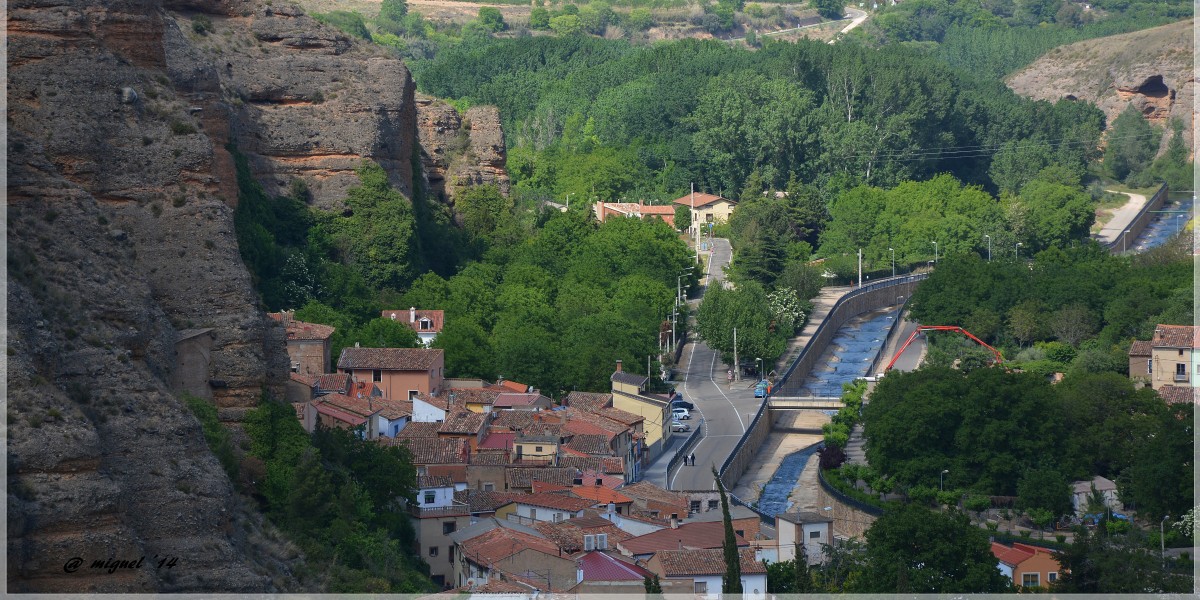
Los Fayos (Zaragoza)
Notable for its unique cave houses built into the rock face beneath the ruins of a medieval castle.
Asturias
Allande
A large, sparsely populated municipality in western Asturias, known for its pristine forests and pre-Roman hill forts (castros).
Bárcena de Pie de Concha
Located in the Besaya valley, this municipality is a gateway to the Saja-Besaya Natural Park and includes smaller hamlets like La Presga.
Castilla-La Mancha
Torrejoncillo del Rey (Cuenca)
A small village set in the agricultural plains of La Mancha, offering a peaceful rural lifestyle near the historic city of Cuenca.
Arbancón (Guadalajara)
Situated in a valley near the Sierra Norte de Guadalajara Natural Park, this village is home to a Museum of Popular History and Culture.
Ayna (Albacete)
Known as the "Switzerland of La Mancha" for its dramatic location carved into a canyon by the River Mundo.
Castilla y León
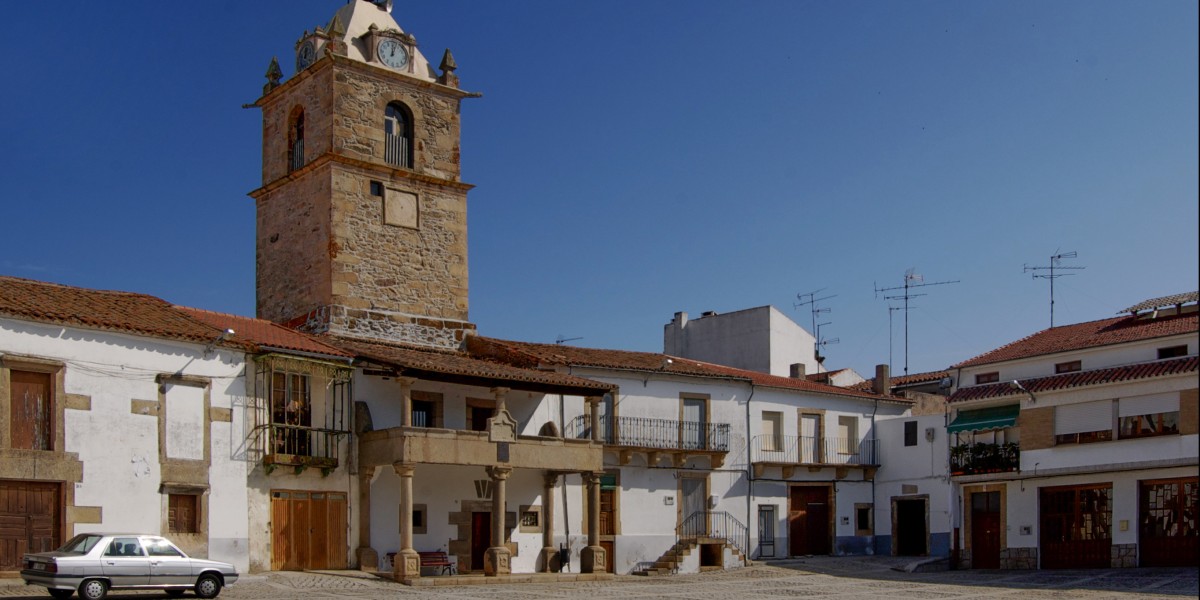
Lumbrales (Salamanca)
Located within the Arribes del Duero Natural Park near the Portuguese border, this area is known for its archaeological sites.
Prádena (Segovia)
A mountain village in the Sierra de Guadarrama, popular for its natural attractions, including the Enebralejo Cave.
Cacabelos (León)
A key town near Ponferrada on the Camino de Santiago pilgrimage route, located in the fertile El Bierzo wine region.
Catalonia
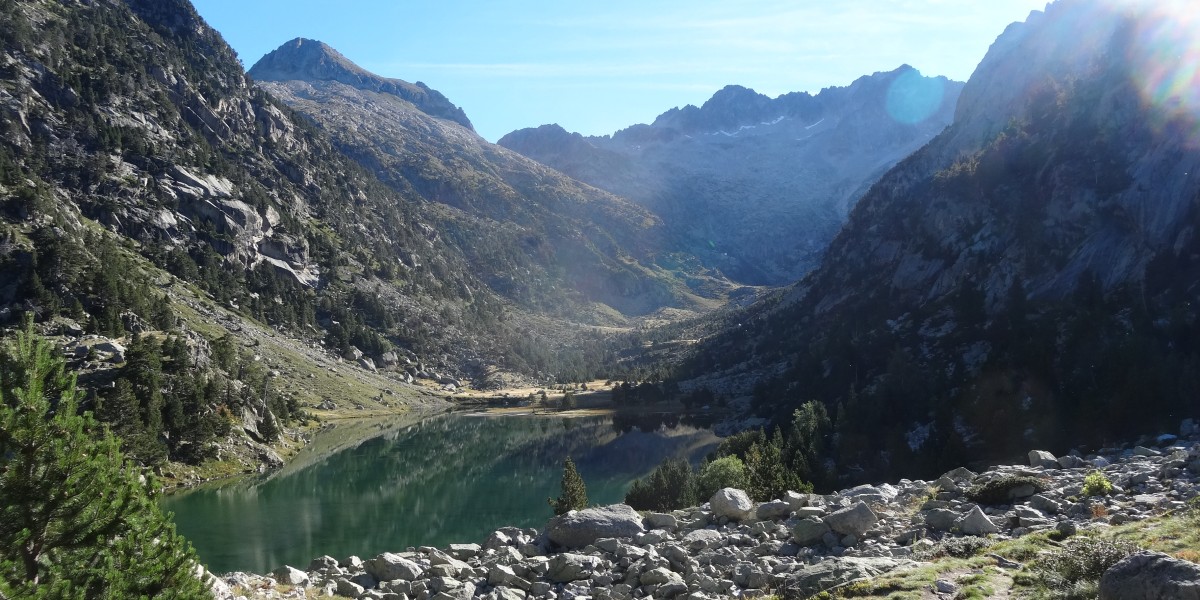
Vilaller (Lleida)
A village in the Catalan Pyrenees that serves as a gateway to the Aigüestortes i Estany de Sant Maurici National Park.
Extremadura

The regional government is also actively encouraging settlement through financial incentives, such as Extremadura's digital nomad grant.
Fuentes de León (Badajoz)
Close to the Andalusian border, this town is best known for its nearby caves, which are a declared Natural Monument and local fiestas in June.
Galicia

Castrelo de Miño (Ourense)
Located on the banks of the Miño River, it is known for its Ribeiro wine production and a nautical park for water sports.
O Incio (Lugo)
A rural municipality noted for its marble quarries and its location along the winter route of the Camino de Santiago.
Manzaneda (Ourense)
Home to the only ski resort in Galicia, offering both winter sports and summer mountain activities.
Folgoso do Courel (Lugo)
Situated in the heart of the Serra do Courel Global Geopark, a Spanish UNESCO site known for its biodiversity and slate-roofed villages.
La Rioja

Cornago
This village is known for its imposing medieval castle and the nearby dinosaur footprint routes.
Navarra
Sierra de Codés
Rather than a single town, this is a mountainous area in western Navarra offering a dramatic landscape of limestone peaks suited to outdoor enthusiasts.
Region of Valencia
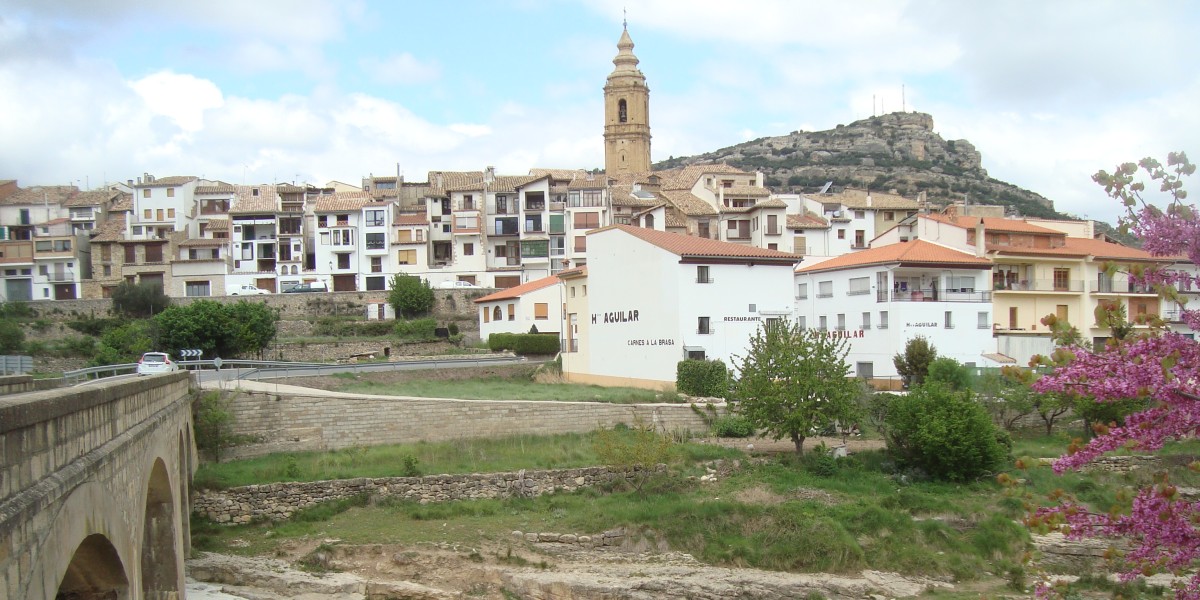
Castellnovo (Castellón)
Dominated by the ruins of its 14th-century castle, this village sits in the foothills of the Sierra de Espadán.
Enguera (Valencia)
A larger town set within a mountainous area of extensive pine forests, making it a destination for outdoor activities.
Alpuente (Valencia)
A historic village in a remote, rugged area of the Valencian interior, featuring a prominent castle and a palaeontological museum.
Forcall (Castellón)
A charming village notable for its unique location at the confluence of three rivers and its monumental arcaded Plaza Mayor.
Spotlight on Holapueblo in Andalusia and Paymogo
Andalusia is a key region within the Holapueblo project, with several of its villages actively seeking new residents. A prominent example is Paymogo, a small municipality in the province of Huelva located just seven kilometres from the Portuguese border. The local council has launched a proactive revitalisation scheme with support from the Holapueblo platform, offering some properties for as little as €17,800.
Finding Holapueblo houses for sale and housing support
A common query from those interested in the scheme relates to finding Holapueblo houses for sale. It is important to clarify that Holapueblo is a mentorship and support platform, not a real estate agency. Once a participant is matched with a village, the project often provides guidance and local contacts to help with the property search.
To further encourage settlement in these areas, financial assistance is available through national schemes. The 2022–2025 State Housing Plan includes grants specifically aimed at young people buying homes in rural areas. This aid can provide up to €10,800 for individuals under the age of 35 who purchase a property in a municipality with fewer than 10,000 residents. A key condition is that the property must serve as the buyer's main residence for a minimum of five years following the purchase.
Holapueblo's impact: over 200 new residents revitalise rural Spain
Across its five editions, the Holapueblo project has successfully settled 208 people in villages facing demographic challenges. These new residents comprise 85 families, who have since launched 58 new businesses directly contributing to the revitalisation of the local economy.
The profile of these new villagers is predominantly Spanish (76%), with a notable contingent from Argentina (13%). Many are couples with children (45%) and fall within the 35 to 50 age bracket (67%). A significant aspect of the entrepreneurial drive is that a majority of the new businesses (57.6%) are led by women, with most ventures falling within the service sector, including hospitality, craft production, and local food shops.
Stories from the new villagers
Towns that successfully attract and integrate new families often become magnets for more. Many municipalities have seen significant population boosts by fostering a welcoming community and ensuring practical support. The impact of the project is best illustrated through the stories of those who have made the move.
In Prádena, Segovia, Andrea, an orchestra director from Argentina, and her family have fully integrated. She is now teaching music in the area, while her husband Franco is establishing a new carpentry business, filling a skills gap left after the village's last carpenter retired.
Laura and Vero became the first Holapueblo family to settle in Extremadura, moving to Villa del Rey, Cáceres. They now run the village bar and a multi-purpose shop, a decision motivated by seeking a better quality of life for their son.
In Aguilar de Codés, a small Navarrese village of just 75 inhabitants, Amparo and Fran left their city jobs in Valencia to take over the local bar. They were drawn by the prospect of a new lifestyle, growing their own food and running a project in a natural environment.
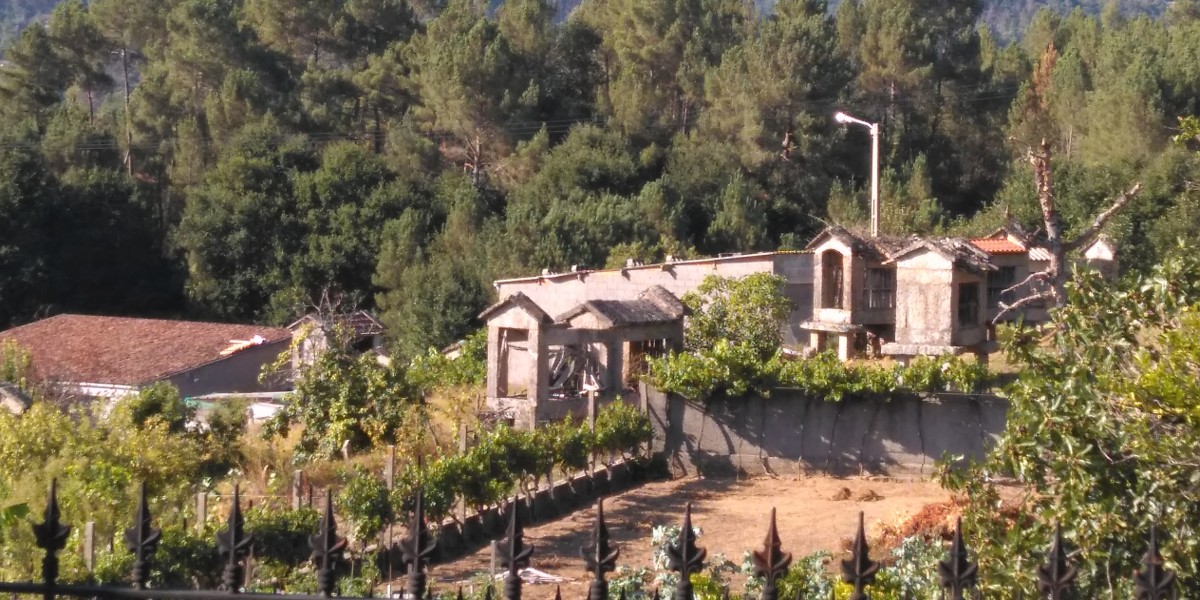
Stay in the know about living in Spain as a foreigner—get our weekly newsletter for the latest travel, legal, and lifestyle news.
For a taste of the high life, sign up for the monthly luxury market round-up.
